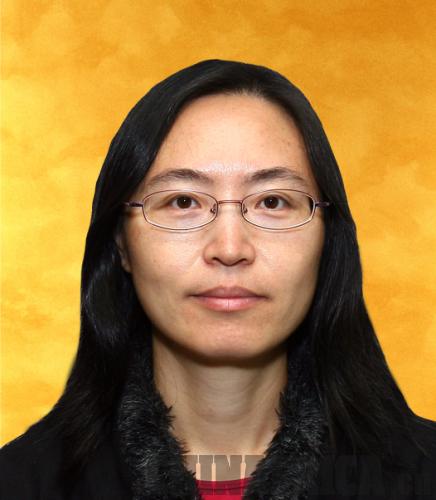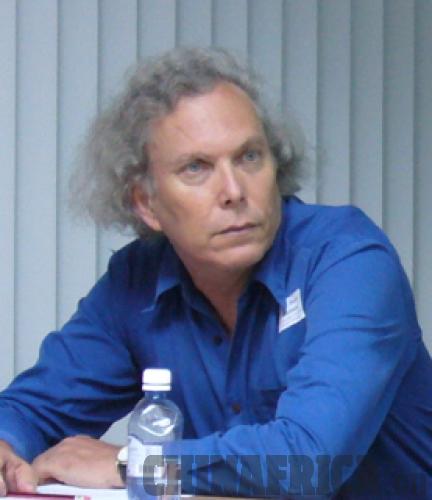|
|

|
| Yan Hai Rong |
 |
| Barry Sautman |
Human Rights Watch (HRW) recently published an update to its 2011 report on poor labor conditions at China Non-Ferrous Metal Mining Corp. (CNMC) subsidiaries in Zambia. The update compounds the errors of HRW's 2011 report and, instead of broadening its investigations to include labor rights violations at other foreign-invested copper mining firms in Zambia, HRW again singles out Chinese companies and ignores the conditions at other [Western-based] firms. These are the conclusions of Professor Barry Sautman of Hong Kong University of Science & Technology and Professor Yan Hairong of Hong Kong Polytechnic University, who explain that HRW sees what it wants to see, and is feeding anti-Chinese sentiment in Zambia. Excerpts of their comments on the situation follow:
The update, like the 2011 HRW report, focuses on safety and implies that Chinese-owned mines are markedly less safe than other foreign-owned copper mines in Zambia. Indeed, the HRW update is titled "Zambia: Safety Gaps Threaten Copper Miners; Government, Chinese State-owned Subsidiaries Make Uneven Progress."
As we have pointed out in our numerous responses to HRW's 2011 report, industrial accident specialists hold that the key indicator of safety is a mine's fatality rate. Until 2012, the two CNMC mines in Zambia were entirely underground (UG), while all other foreign-owned copper firms' mines in Zambia were either surface (open-cast [OC] or open pit) or mixed UG/OC. All over the world, UG mines are much more likely than OC mines to produce mining fatalities and serious injuries. During interviews we conducted in 2012, officers of Zambia's Mine Safety Department (MSD) estimated that UG mines in the country were 8-9 times more likely than OC mines to produce grave accidents. Our own calculations, based on separating fatality statistics of Zambia's UG and OC mines, produced a 7.7:1 ratio. Yet, the fatality rates of CNMC-owned mines are not significantly worse than those of other foreign-owned mines. That means that when differences in mine type (UG, OC or mixed) are taken into account, the CNMC mines are at least as safe, if not safer, as those of other firms. HRW wholly ignored this factor.
In its update, HRW implies that its 2011 report should be credited with ending certain human rights violations at CNMC's Zambian facilities. That is deceptive. Regarding long shifts at CNMC-owned smelters, our responses to the 2011 HRW report point out that employees at almost all other foreign-owned mining firms in Zambia also work long hours. In more than one case, the long hours set by management at other firms affect a much larger proportion of employees than affected at CNMC smelters, which employ only 20 percent of CNMC's Zambian workforce. Second, CNMC's Chambishi Copper Smelter (CCS) assigns its employees 12-hour shifts identical to those worked at other smelters in Zambia (that of Mopani Copper Mine Mufilira, owned by the Switzerland-based metals giant Glencore) and Australia that use the same ISASMELT technology that CCS uses. Employees are asked to work long shifts in part because ISAMELT technology is deemed to work best with two, rather than three, shifts per day. For example, we were told that Yunnan Copper Co. Ltd., which co-owns CCS with CNMC, used to divide workers into three shifts, but had to switch to two when they adopted ISAMELT technology.
The longer shifts at CCS are also in place because the facility is relatively new and lacks sufficient qualified supervisory personnel to cover three shifts. Yet without taking the time to do comparative research, HRW singles out CCS, making it appear uniquely abusive. The 12-hour shifts at CCS and at many non-Chinese owned mining facilities in Zambia may be deplorable, but in the case of CCS, they hardly amount to intentional human rights violations, especially in light of the conditions in Zambia and Africa, where much more serious rights violations take place.
Regarding the recognition of only one union at CCS and SMLZ (until late 2011), we noted in our earlier critiques that there is agreement among officials, union leaders, academics and others in Zambia that workers in any given workplace are better off being part of the same union, and that the leaders of Zambia's two major mining unions differ only in that each thinks that their own union should be the exclusive bargaining agent. HRW, as a U.S.-based organization, is well aware that U.S. labor law requires that one, and only one, union be the exclusive bargaining agent. No one regards that as a human rights violation; indeed, U.S. unions fought hard to create such an environment.
U.S.-based HRW has adopted the arrogant approach of U.S. political elites in refusing to acknowledge that anything is wrong with its report on Chinese copper mining in Zambia. Our findings show that all foreign-owned mining houses exploit Zambian workers and resources, but CNMC is neither the worst abuser nor a super-exploiter. In a monograph that has recently been accepted for publication, we will show in much greater detail that HRW's approach is shoddy social science, and part of the one-sided China-in-Africa discourse that is promoted by mainstream Western elites.
|